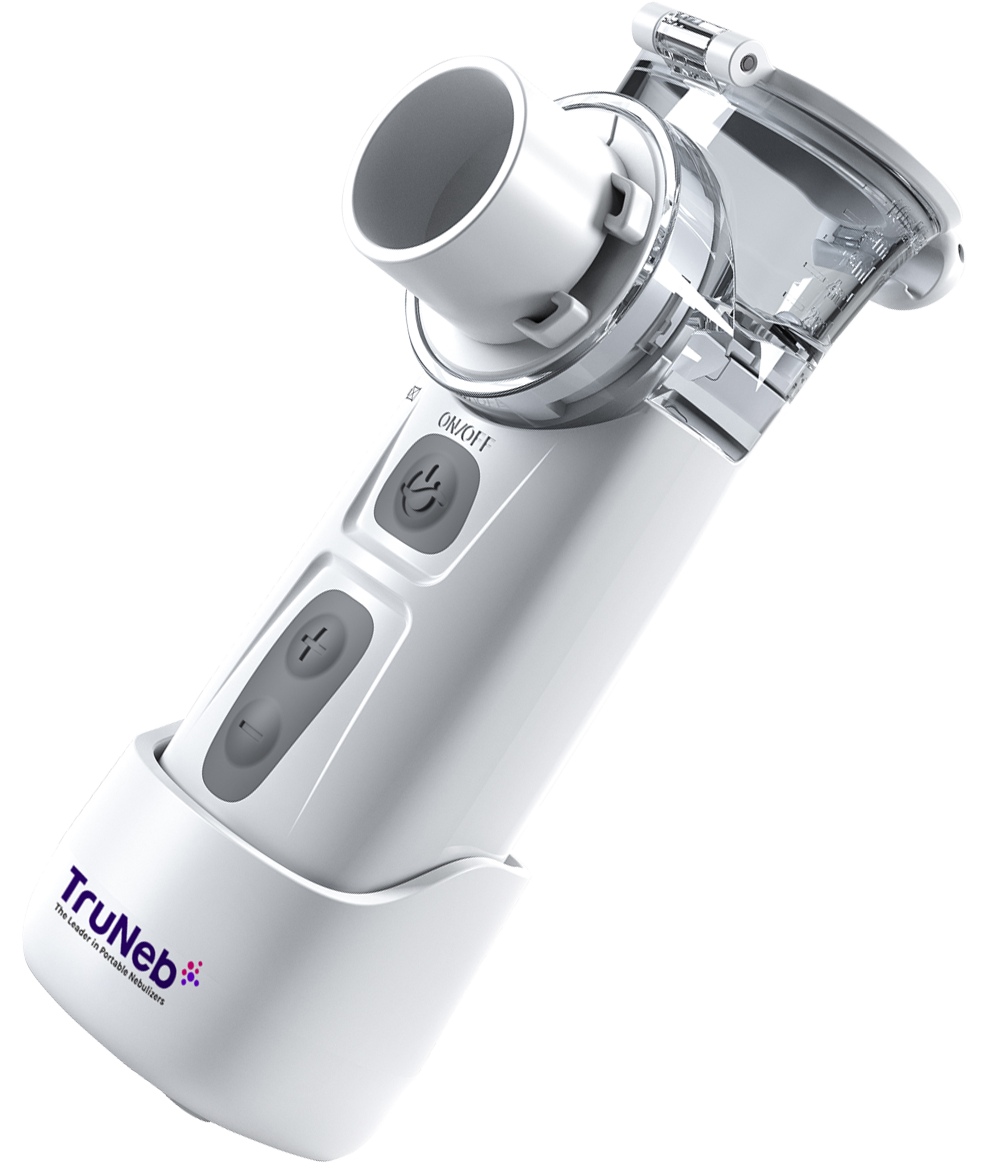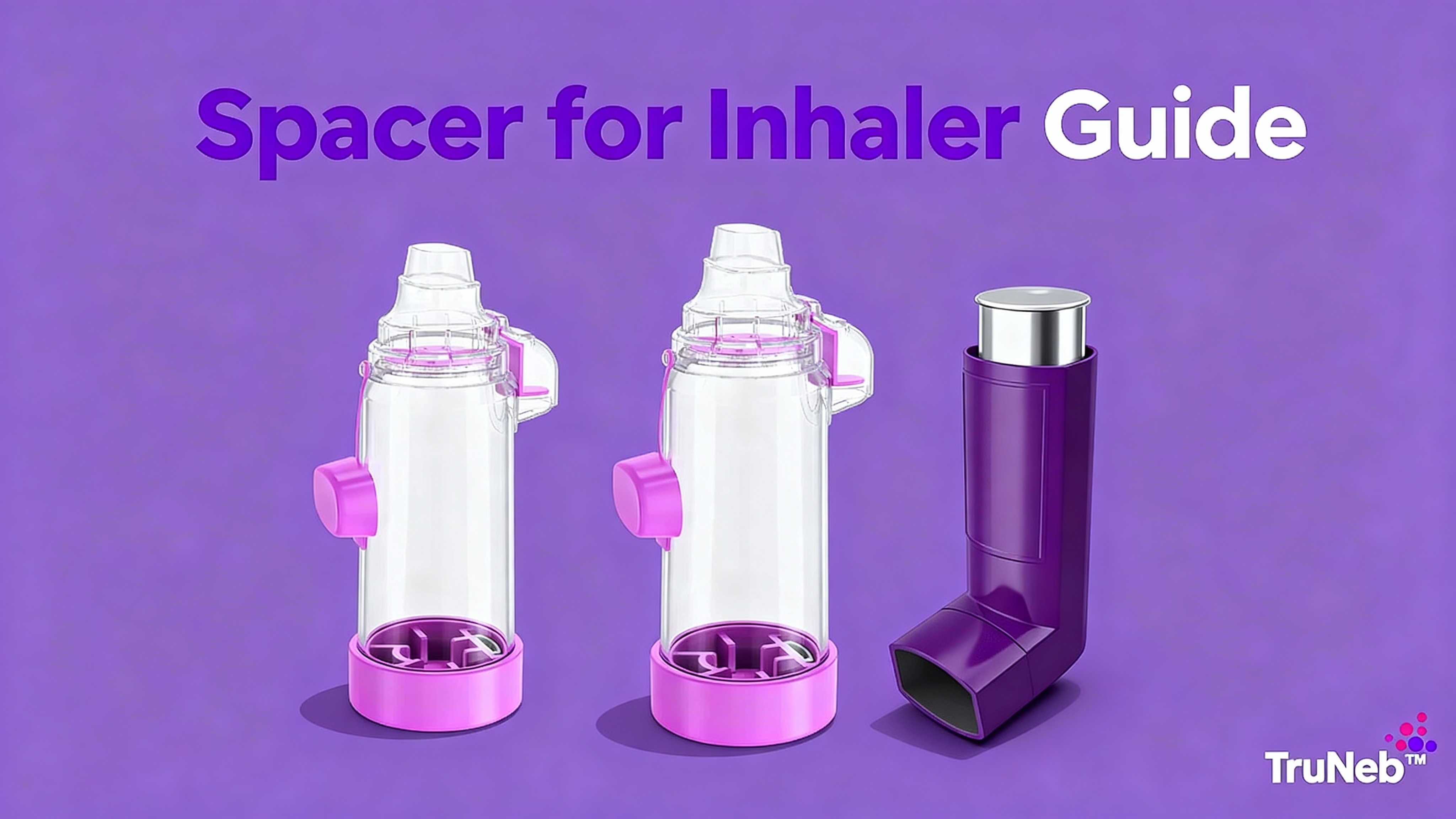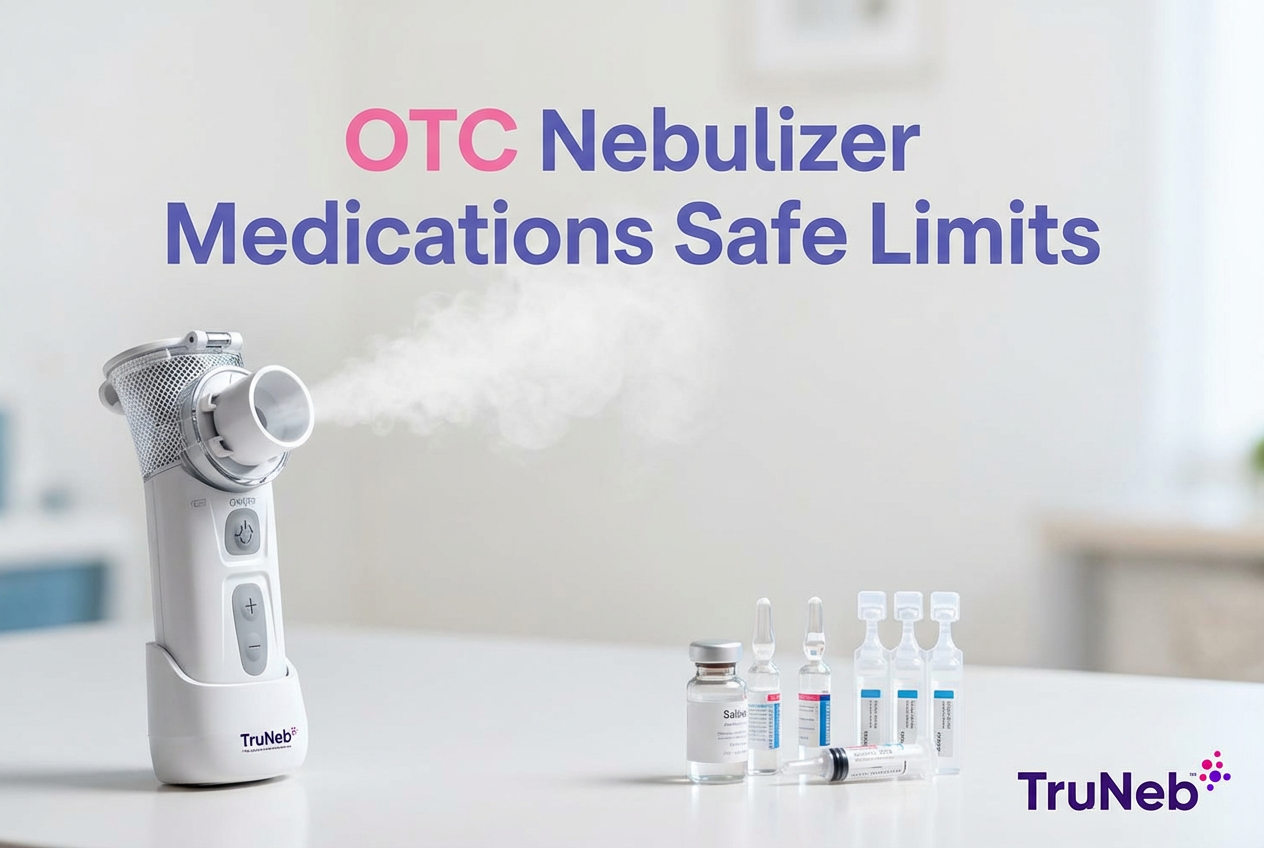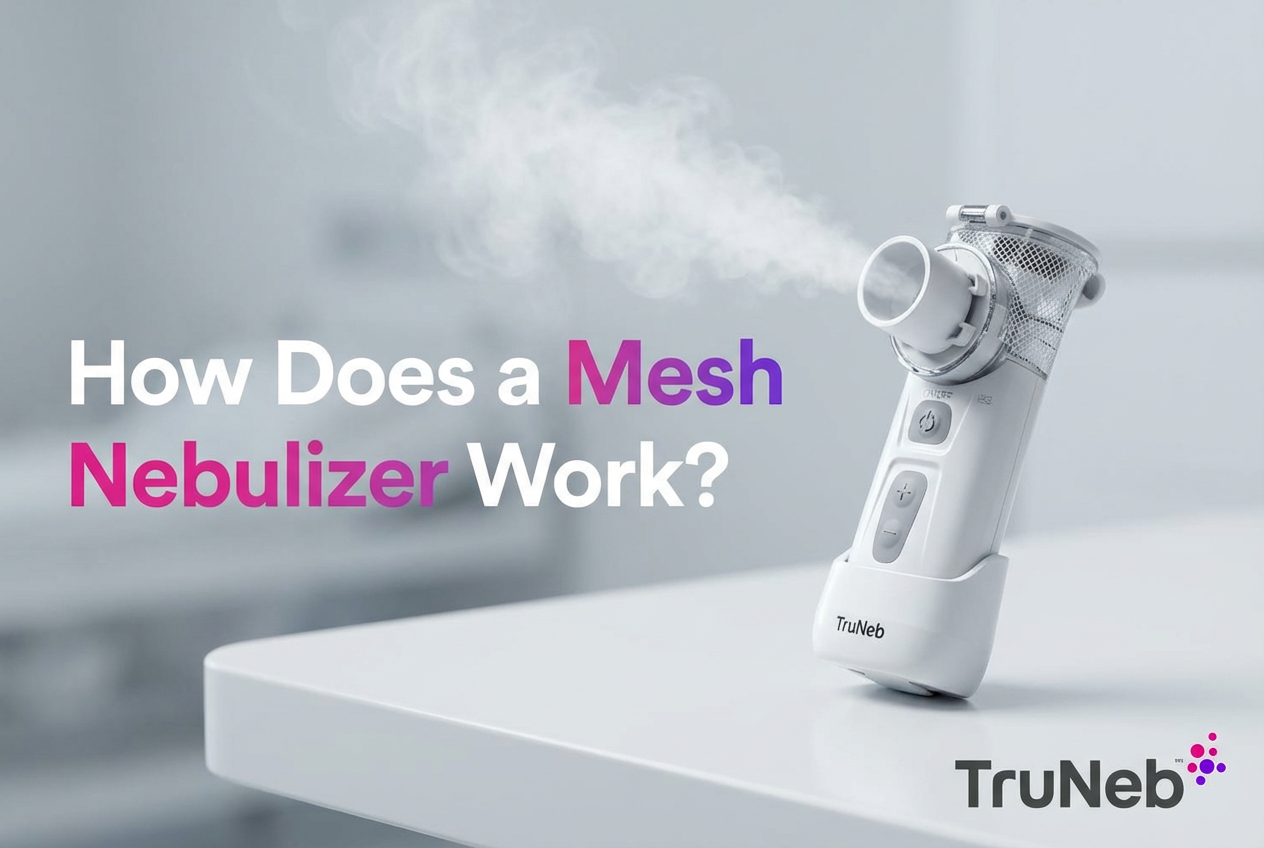On this page
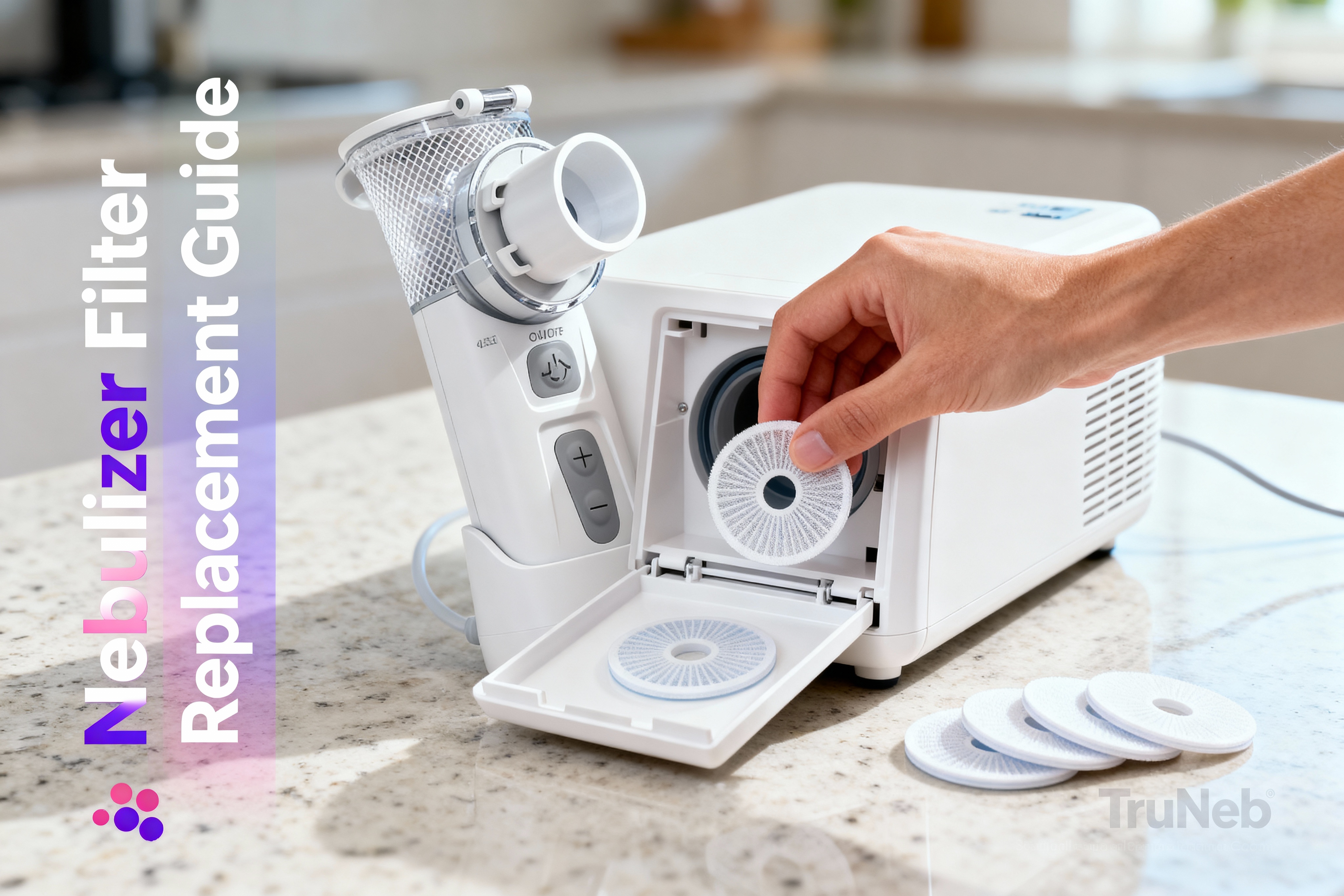
What Does a Nebulizer Filter Do and Why It Matters?
A nebulizer filter cleans the air that a compressor (jet) nebulizer pulls in to make your medicine mist. It traps dust, lint, and tiny particles so they don’t get blown into your lungs. A clean filter also protects the machine’s motor by keeping debris out of the compressor.
In simple terms: a fresh filter helps your treatments work as they should and can extend your device’s life.
Regular nebulizer filter replacement keeps airflow clean and the compressor protected.
Rule of thumb: a clean, dry filter helps keep the airflow strong and the mist consistent.
One-liner: A nebulizer filter cleans incoming air to protect your lungs and the compressor.
How Often Should You Replace Nebulizer Filters?
Most home compressor nebulizer filters should be replaced about every 6 months under normal use. If you use your nebulizer daily (as with asthma or COPD care), you'll typically need a new filter every 1–2 months. In dusty or smoky homes, swap sooner.
Quick guide:
- Light/occasional use: check monthly; replace by 3–6 months.
- Daily or multi-times-per-day use: check weekly; replace about every 1–2 months.
- Dust, pet hair, or smoke around the device: replace on the earlier side.
Always check your user manual for model-specific timing.
One-liner: most compressor nebulizer filters get replaced every 3–6 months, sooner with heavy use or dirt.
| Usage or environment | Check | Replace |
|---|---|---|
| Occasional use | Monthly | 3–6 months |
| Daily/heavy use | Weekly | 1–2 months |
| Dusty/smoky/pet hair nearby | Weekly | 1–2 months |
| Very clean setting | Monthly | Up to 6 months† |
† Always follow your device’s manual; replace sooner if the filter is discolored, damp, or airflow drops.
Signs Your Nebulizer Filter Needs Replacement
- Discoloration: A once-white filter turns yellow, gray, or brown.
- Weaker mist or longer treatments: Airflow may be blocked.
- Musty odor or dampness: Replace immediately if the filter is wet or smells off.
- Time is up: If you’re at the 3–6 month mark (or your manual’s interval), change it even if it looks okay.
One-liner: if the filter is discolored, damp, or treatments feel weaker, it’s time to replace it.
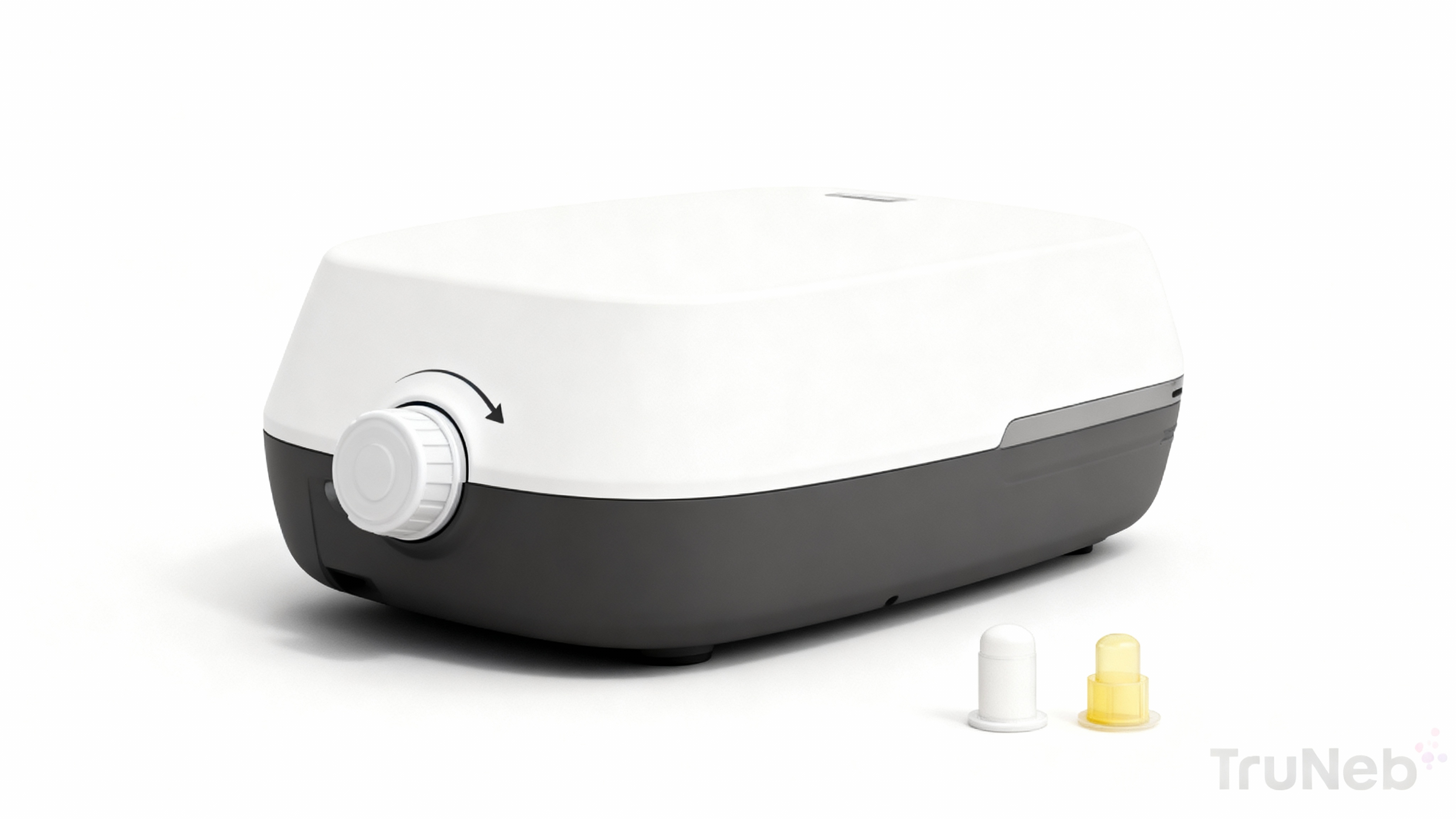
How to Replace a Nebulizer Filter (Step-by-Step)
- Turn off and unplug the nebulizer. Wash and dry your hands.
- Find the filter cap or panel (usually on the side or back near the air intake).
- Open the cap. Pull out the old filter and throw it away.
- Insert the correct new filter for your model. Do not force it.
- Close the cap firmly so it seals well.
- Plug in and do a short test run. You’re ready for your next treatment.
If your manual’s steps differ, follow the manual.
One-liner: unplug, open cap, swap filter, reseat cap—that’s it.
Tip: never run a compressor nebulizer without a filter in place.
⚠️ If the device overheats, smells burnt, or the airflow suddenly drops, stop using it and contact the manufacturer or service center.
Can You Wash or Reuse a Nebulizer Filter?
No. Home compressor nebulizer filters are disposable. Washing does not restore them and can leave dirt and bacteria inside the material. A wet filter can grow mold and can harm the motor.
One-liner: don’t rinse—replace.
If your manual mentions a reusable filter (uncommon in home units), follow that specific instruction. Otherwise, assume disposable.
Are Nebulizer Filters Universal or Model-Specific?
They’re model-specific. Also called an air intake or compressor filter, these parts vary in size, shape, and material. Using the wrong filter can leak unfiltered air or strain the machine. Avoid DIY materials like cotton or random foam.
One-liner: match the filter to your exact nebulizer model.
When in doubt, check your manual or look up your device’s part number before you buy.
Where to Buy Nebulizer Replacement Filters
- Manufacturer or authorized dealers: Best fit and quality. Have your model number handy.
- Local pharmacies or DME stores: Call ahead and ask for your brand and model.
- Trusted online medical retailers: Match the exact filter part number.
Filters usually come in multipacks and are budget-friendly compared to replacing a machine.
If you’re tired of buying filters, modern vibrating mesh nebulizers don’t use intake filters. The TruNeb™ Portable Mesh Nebulizer is small, quiet, and filter-free. It’s built for simple upkeep on the go. TruNeb also offers 3% hypertonic saline and 7% hypertonic saline (saltwater solution) options that are compatible with mesh devices. Check with your doctor before using hypertonic saline or any medication with a nebulizer.
One-liner: buy the exact OEM-style filter—or go filter-free with a mesh device like TruNeb.
Additional Tips for Nebulizer Care
- Clean and disinfect your nebulizer cup, mask, or mouthpiece as your manual directs.
- Keep the device off the floor and away from smoke, pet hair, and dust.
- Set a 3–6 month reminder to check and replace the filter on time.
One-liner: a clean setup plus a fresh filter helps your treatments work smoothly.
Frequently Asked Questions
Tap or click a question below to see the answer:
Airflow may drop, mist output can weaken, and the compressor may overheat or fail over time. You could also breathe air that isn’t well filtered. Replace filters on the schedule in your manual.
Most plug-in compressor nebulizers use an intake filter. Mesh and ultrasonic nebulizers do not use disposable intake filters.
No. Running without a filter can pull dust into the compressor and your treatment airflow. Wait until you have the correct new filter installed.
Check your user manual or the model label on your device and buy the filter listed for that exact model. Use OEM or exact compatible parts only.
Look in your device’s manual or on the model/serial label. You can also contact the manufacturer or an authorized dealer with your model number. Keeping an old filter to compare can help.
This information is for education only and not a substitute for medical advice. If you have trouble breathing or severe symptoms during a treatment, seek emergency care.

